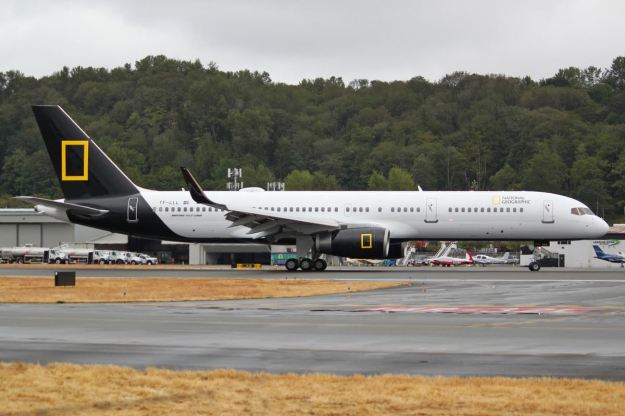
Joe G. Walker reporting from Seattle.
ITINERARY
![]()
This trip is offered in collaboration with The Wall Street Journal.
DAYS 1-2: SEATTLE, WASHINGTON, U. S./WASHINGTON DC
CROSS THE INTERNATIONAL DATE LINE
Arrive in Seattle and meet our hosts, our trip staff and team of experts, and fellow travelers during a welcome reception and dinner at our hotel. We’ll also be joined by Matt Murray, the editor in chief of The Wall Street Journal. The next morning, board the private jet bound for Kyoto and cross the international date line, losing a day in transit.
THE FUTURE OF INNOVATION
Touch down in Osaka and transfer to Kyoto, a center of innovation and Japan’s imperial capital for more than 1,000 years. The city’s Buddhist temples, shrines, and serene gardens vividly recall the glory of the Japanese empire and have been collectively designated a UNESCO World Heritage site. We’ll meet up with Peter Landers, Tokyo bureau chief for The Wall Street Journal , who will share insights gleaned from more than 20 years’ experience reporting on Asia.
Begin our exploration at Shimadzu, one of the world’s top manufacturers of technologies for use in the medical field. Tour the company’s head office and cutting-edge laboratory. Then visit the Kyoto Handicraft Center for a firsthand look at the creation multipurpose furniture, followed by a talk with the president of HOSOO, a renowned Japanese textile company founded in 1688. Later, delve deeper during a presentation of how electronic giants like Panasonic are working with the Kyoto-based GO ON consortium of craftspeople to create products that merge technology and tradition. In the afternoon, opt to visit the colorful and aromatic alleys of Nishiki Market, one of the most popular food markets in the city, and sample local specialties. Or venture to Gion, Kyoto’s renowned geisha district for an opportunity to experience the local nightlight and perhaps catch a glimpse of a geisha—traditional female entertainers recognizable by their distinctive makeup.
The following day, select from several options. Take a guided walk in the otherworldly bamboo groves of Arashiyama, or visit Ryoan-ji temple, which harbors one of Japan’s most famous rock gardens. Alternatively, explore the iconic Zen Buddhist temple of Kinkaku-ji, famously called the Golden Pavilion, and admire its gleaming reflection in the adjacent pond. You may also choose to discover Kyoto’s traditional wooden townhomes, or machiya, many of which are being restored and revitalized by a leading Japanese garment retailer. Learn more about this project, then join a local chef at one of the machiya properties for a hands-on cooking class. Cap off the day with a visit to Kyoto University of the Arts and its Ultra Factory art production studio, designed by renowned contemporary artist Kenji Yanobe. Hear from a professor about the Open Innovation Project, which aims to explore the intersections between art and technology and foster creative solutions to social problems.
FUTURE OF SUSTAINABILITY
Cosmopolitan Singapore is a former British colony that has transformed over a half-century into one of the world’s leading financial centers. This island city-state, which boasts impressive skyscrapers, an expansive port, and lush green spaces, has found innovative ways to balance urban development with sustainable ecological conservation. In the company of a National Geographic Expert, get a firsthand look at the technologies defining the cities of tomorrow, as well as Singapore’s role in global trade, a critical component of the economic ecosystem. Experience the extraordinary Gardens by the Bay, a botanical oasis featuring a unique fusion of technology and nature. Built on reclaimed land in the heart of Singapore, this 250-acre park is home to the world’s largest glass greenhouse, thousands of plants, and a grove of fantastical, solar-powered “supertrees”—vertical structures up to 164 feet tall that capture rainwater and filter exhaust.
Visit the Sri Mariamman Temple, the oldest Hindu temple in Singapore, and an ornate example of Dravidian architecture that has served as a religious and social center to immigrants since its erection in 1827. Many Indian and Chinese craftsmen have contributed to the temple over the course of time, giving it the detailed sculptures and vibrant paintings it boasts today. Or immerse yourself in the tropical setting of the Singapore Zoo, where wildlife roam freely amid naturalistic habitats. Take in panoramic views of Singapore’s futuristic skyline—including the whimsical creations of the Gardens by the Bay. Then, venture into a lively night market to experience the city’s multiethnic culture which blends Chinese, Malay, and Indian traditions.
THE FUTURE OF CULTURE
Our next flight brings us to Seoul, the cosmopolitan capital of South Korea. Seoul has rapidly attained prominence as an economic, political, and cultural hub following the so-called “miracle on the Han River”—a period of exponential economic growth during the second half of the 20th century. The metropolis boasts a 15th-century UNESCO World Heritage–listed temple, as well as countless marvels of modern architecture.
Ascend to the top of N Seoul Tower for an unparalleled view of the vast city skyline. Then venture into the busy streets below and check in to our hotel for a panel discussion with a Wall Street Journal reporter. We’ll learn about the research that is leading the way for global advances in our understanding of the human brain.
The next day, visit a brain research center and learn about current projects and potential breakthroughs. Later, choose to explore South Korean culture and history at a cooking class in the thousand-year-old Buddhist temple of Jingwansa or at a demonstration on Hanboks, traditional South Korean ceremonial attire. Dine at a restaurant located in the former resident of the first president of South Korea.
THE FUTURE OF NATURAL RESOURCES
Fly to Ulaanbaatar, founded centuries ago as a gathering place for nomadic princes, and now the cultural and financial heart of Mongolia. Take a charter flight to the Gobi and settle into traditional ger tents. Gather to hear paleontologist and National Geographic Emerging Explorer Federico Fanti discuss new methodologies for curbing the illegal trade of fossils and natural resources in the Gobi.
During our stay in the Gobi, explore the landscape of steep red plateaus, following in the footsteps of Genghis Khan. Explore the mesmerizing Moltsog Els sand dunes, then meet a nomadic family for tea. Hike between the towering canyon walls of Yol Valley, ride horseback across the steppe, and learn how to construct a ger. Participate in a demonstration of Naadam, a traditional sporting festival, and head to the famed Flaming Cliffs—where Mongolian paleontologist and National Geographic Emerging Explorer Bolortsetseg Minjin is working to establish a dinosaur museum—and take a photo walk with our National Geographic photographer at sunset.
Alternative: Instead of the Gobi, travelers may choose to explore Ulaanbaatar and Gorkhi-Terelj National Park. In Ulaanbaatar, examine the collections at the National Museum of Mongolia and visit the Gandantegchinlen Monastery. Then travel to Gorkhi-Terelji National Park and check in to our hotel. Explore the park’s rolling hills and rocky outcrops on hikes and horseback rides. Experience a traditional Buddhist shaman ceremony and enjoy a traditional musical performance. On your return to the city, view the 130-foot Genghis Khan Statue and take a tour of its museum.
THE FUTURE OF TRADE
Depart Ulaanbaatar for Samarkand, one of the oldest continuously inhabited cities in Central Asia. For centuries, Samarkand was one of the most important stops along the legendary Silk Road—the trade route connecting China and the Mediterranean. Present-day Samarkand is a remarkable crossroads of culture that UNESCO has recognized with World Heritage status. Visit the Gur-e Amir Mausoleum, burial place of the conqueror Timur—also known as Tamerlane—and explore the elaborate madrassas on Registan Square. Meet the next generation of Uzbekistan’s artists at a performance by a youth dance troupe. In the evening, gather for cocktails and a panel discussion in which we examine the impact of the historic Silk Road on urbanization in Europe and Asia. Discuss what the future might hold for regional and global trade with archaeologist and National Geographic magazine editor and writer Kristin Romey, who has worked on numerous excavations in Central Asia.
Delve deeper into this cultural mecca with a visit to Siab Bazaar, one of the oldest and largest open-air markets in Samarkand. Tour an archaeological site, hike through traditional villages in the Gissar foothills, or meet master craftsmen and take part in a paper-making workshop. As the sun sets over Samarkand, celebrate the riches of the Silk Road with a traditional feast overlooking the courtyard of a majestic madrassa.
THE FUTURE OF A DIGITIZED SOCIETY
Since emerging from the shadow of the Soviet Union after the peaceful Singing Revolution, Estonia has become a world leader in digital development and e-Government. The establishment in the 1990s of Tiigrihüpe, or the Tiger’s Leap project, initiated substantial investment in digital infrastructure and information technology education, which has situated Estonia at the forefront of modern cyber technology. Arrive in Tallinn for an evening reception at a historic building in the old town, and discuss the impact of digital communication and imaging on society with Wall Street Journal deputy chief news editor Gráinne McCarthy.
Journey through Estonia’s fascinating history the following day on a city tour. Visit the Estonian Academy of Music and Theatre for a centennial celebration show in a new concert hall or attend a lecture at Tallinn University of Technology. Tonight, experience Estonia’s gastronomic revolution at one of the top restaurants in the country.
THE FUTURE OF THE ARCTIC
Embark a fast ferry for the crossing to Finland, where we’ll focus on climate change and its implications for business, security, and natural resources in the Northern Hemisphere. At our evening reception, learn how global warming and geopolitics are creating a new “cold war” in the far north with Wall Street Journal Moscow bureau chief Ann Simmons. Afterward, enjoy dinner on the waterfront under the ethereal light of the midnight sun.
In the morning, explore the important sites of Finland’s capital. Sail through Helsinki harbor to the 18th-century sea fortress of Suomenlinna, a UNESCO World Heritage site. Take a private tour of this stronghold and delve into tunnels and corridors normally off-limits to the public. Later, we’ll hop on a tram to the fascinating Temppeliaukio church, locally known as the “church of the rock.” This evening, ferry to Klippan Island for a private dinner at the elegant Restaurant Saaristo.
Continue exploring Helsinki on a variety of excursions the following day. Embark on a boat tour of the picturesque Helsinki archipelago, or discover the city by bike. Experience a traditional Finnish sauna, or pay a visit to beautiful Hvitträsk, a lakeside studio home-turned-museum. This afternoon, choose to embark on a kayaking adventure, or admire contemporary Finnish art at the Kiasma Museum or the Amos Rex Art Museum.
The next morning, depart by private jet to Ivalo—the gateway to the Arctic landscapes of Lapland. Here, the local Sami people have herded reindeer through the deep forests and snow-covered plains for thousands of years. Enjoy a tour of the Sami Parliament, and learn about Sami culture at the Siida Sami Museum during an optional visit. You may also choose to visit a nearby reindeer farm, where we’ll have the opportunity to hear traditional Sami music and participate in reindeer lasso throwing. Alternatively, venture to Lapland’s legendary gold fields, where the Lapland gold rush took place in the latter part of the 19th century.
THE FUTURE OF ALTERNATIVE ENERGY
Reconvene for our private jet flight to Iceland, a world leader in alternative energy. Tour Reykjavík, where historic neighborhoods blend with modern architectural marvels, and visit Harpa concert hall. Our evening panel discussion focuses on the future of renewable energy, with commentary from glaciologist and National Geographic Emerging Explorer M Jackson.
Explore Iceland’s active geology and its ancient history on a tour of the Golden Circle. Visit Thingvellir National Park, home to the oldest democratically elected parliament still in operation; glimpse thrilling eruptions at the Geysir geothermal area; and take in the stunning view of Gullfoss waterfall. Later, enjoy a soak in the Blue Lagoon. Alternatively, set out on a snowmobiling adventure atop a glacier this afternoon.
The next day, experience Iceland’s natural wonders across Langjökull, Iceland’s second largest glacier. Choose to venture into the mouth of the dormant Thrihnukagigur volcano and descend alongside expert guides to the floor of the vast magma chamber. Alternatively, visit an Icelandic horse farm and learn training techniques before heading out on a trail ride over the vast rolling hills outside of Reykjavík. Afterward, join the farmers for lunch and share stories over home-cooked Icelandic fare. On the final night, gather for a farewell gala dinner at Harpa Concert Hall.
Board the jet for our final flight to Washington, D.C. and connect with your commercial flight home. Alternatively, you can request a room for the night at the Hyatt Regency Dulles.
Optional Accomodation::Hyatt Regency Dulles
Icelandair aircraft photo gallery:

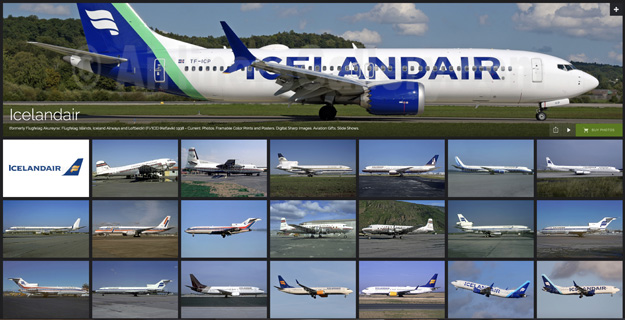

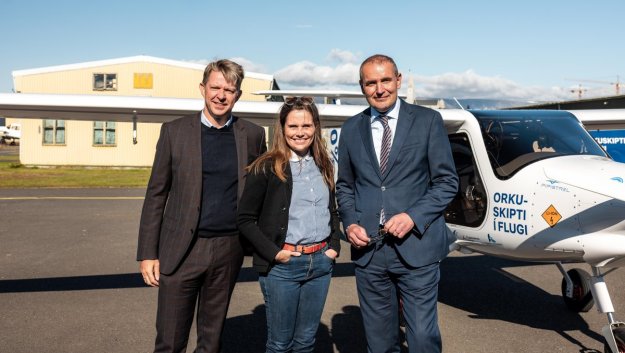
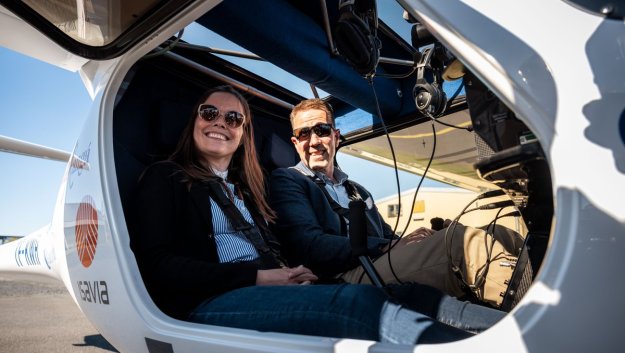


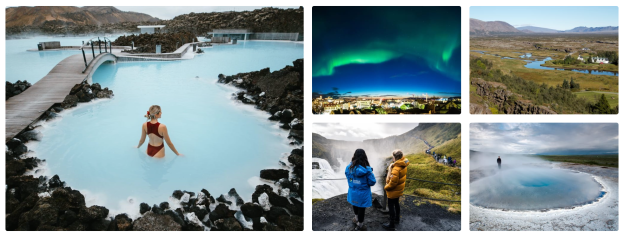
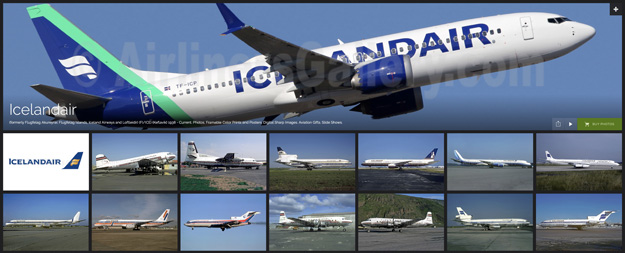


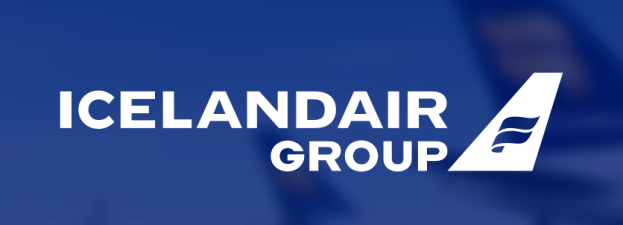
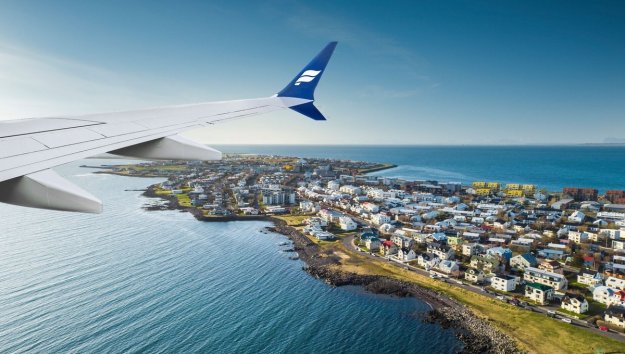
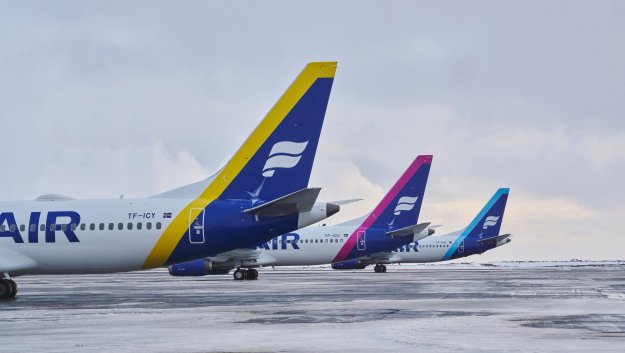




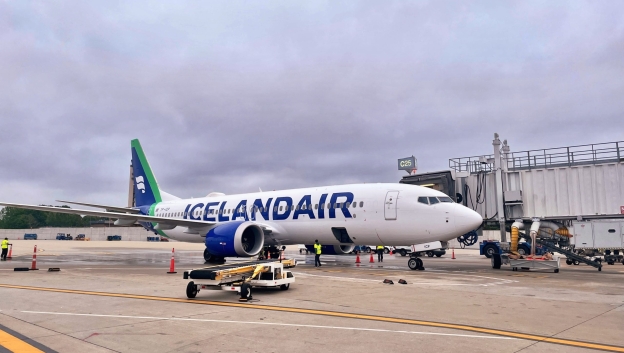
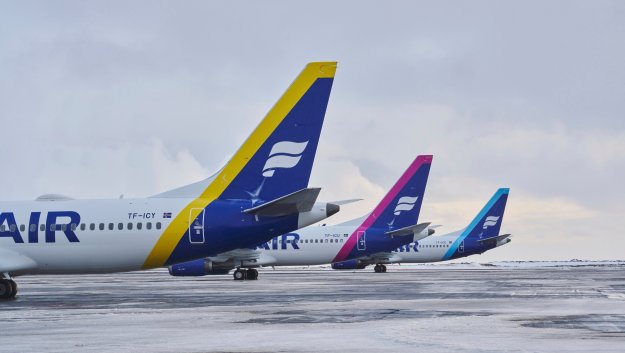


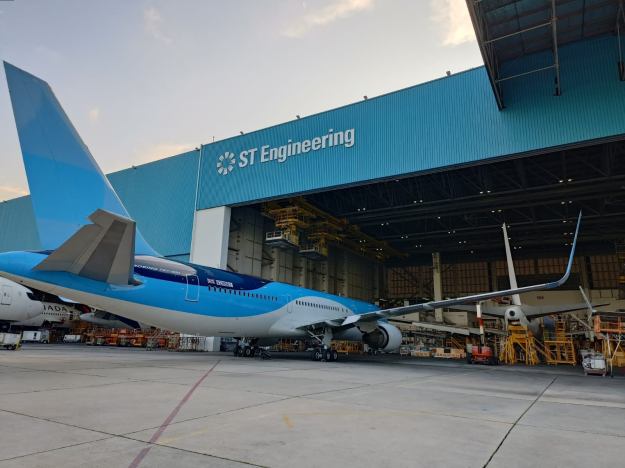
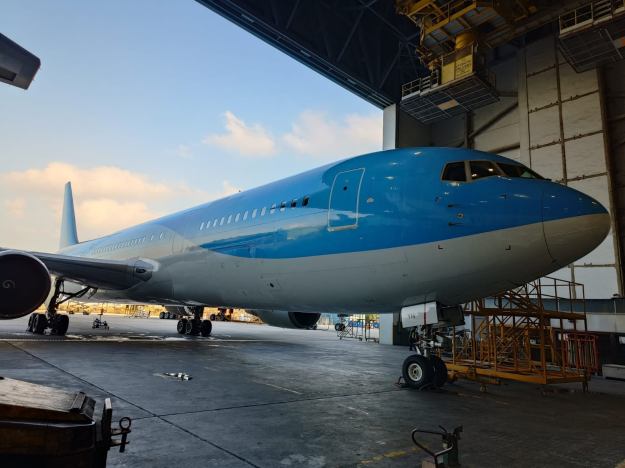

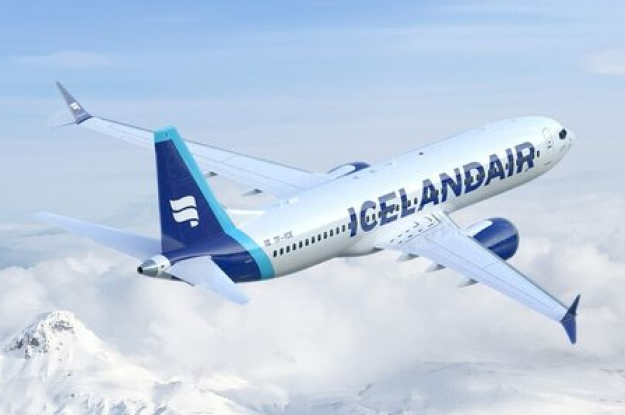
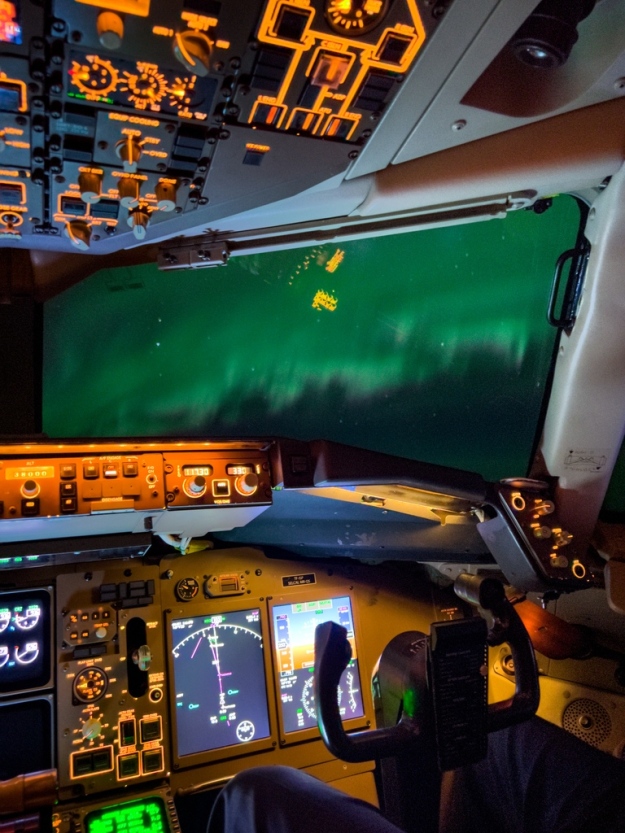

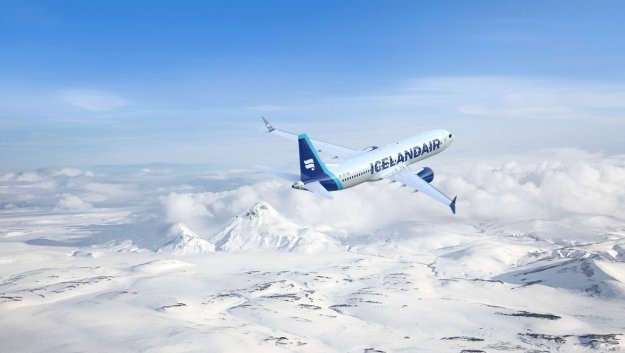
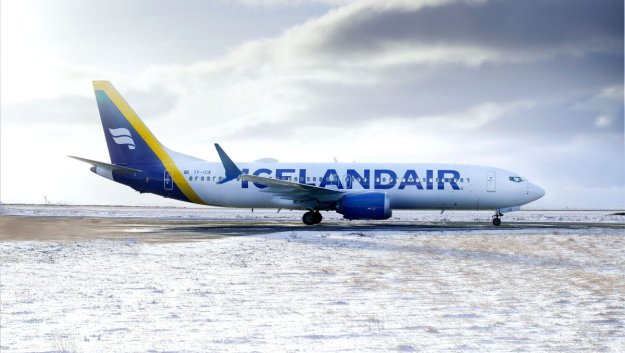
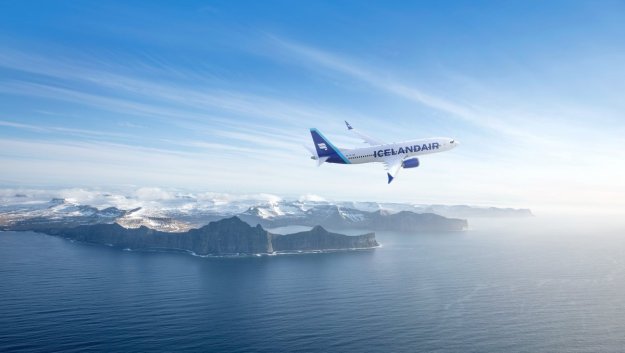
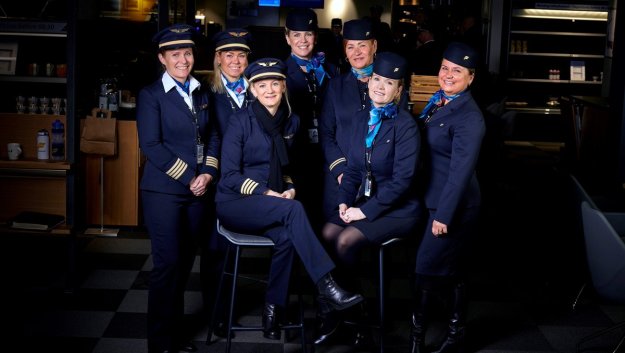


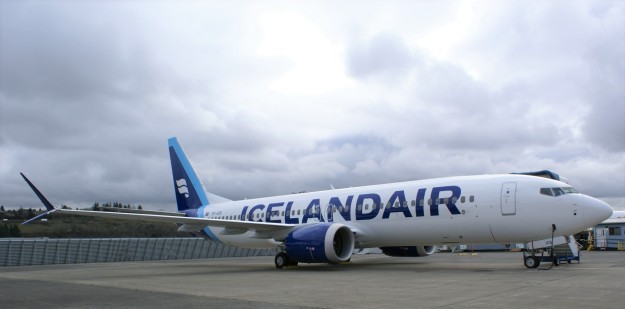


You must be logged in to post a comment.